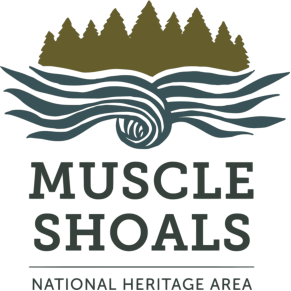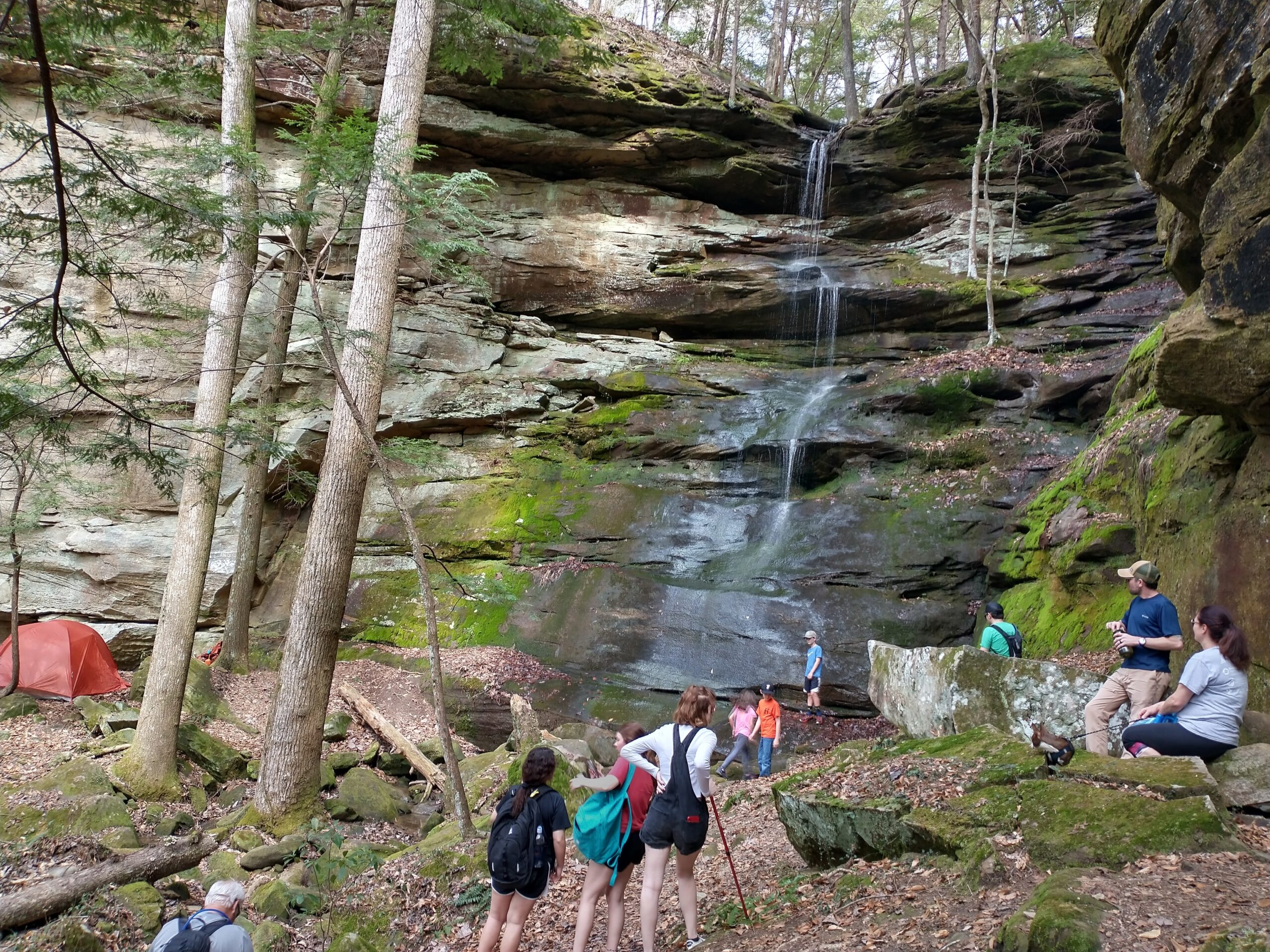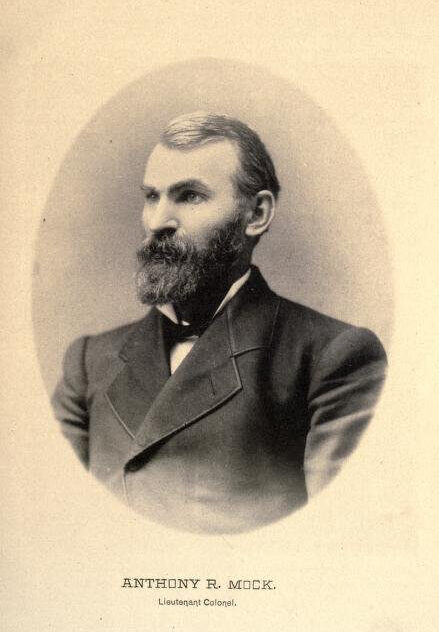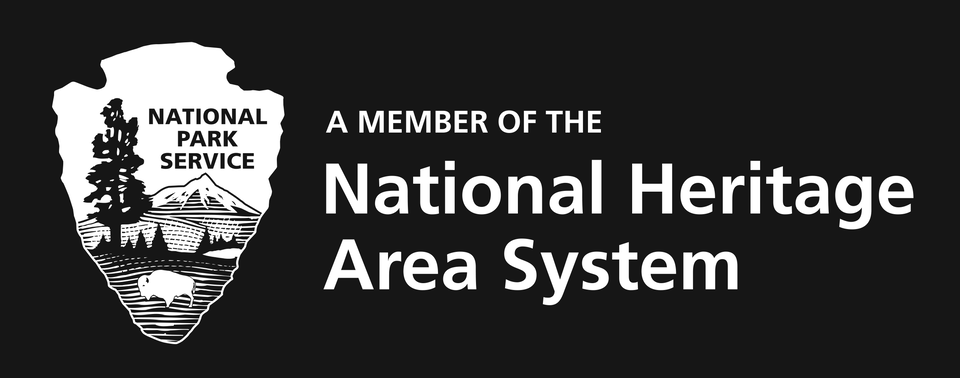By Lee Freeman,
Florence-Lauderdale Public Library,
Local History-Genealogy Department
NOTE: This article quotes language from contemporary newspapers, documents, reports and letters that was commonly used at the time
but today we consider to be racist and offensive.
On Jan. 24, 1867, Scottish immigrant and Florence educator Dr. David R. Lindsay (1821-1898), brother of Alabama Gov. Robert B. Lindsay, uncle of noted children’s educator Maud Lindsay & editor of the “Florence Journal,” wrote, “Slavery is abolished, and the South honestly accepts a recognition of the fact, and to make our former servants in their present status recognize their relationship to society at large, education is to be freely accepted as the leading means.”
White Florence residents had apparently agreed because the Pittsburgh Freedmen’s Aid Commission had established the Freedmen’s Public School at Church Springs M.E. Church, in Florence, a few months earlier.
The first mention of the Freedmen’s Public School, in Florence is Nov. 8, 1866, when the “Florence Journal” said, “The colored people of this town and vicinity, who wish to have their children educated, should be made acquainted with the fact that O. M. Waring is now teaching a free school, in Florence. See his announcement elsewhere.”

This school followed previous attempts to educate local freedmen. The first was by local freedman “Professor” George Poole (1830-aft. 1900), who educated himself while working as a bootblack at Florence Wesleyan University. In May 1866, E. M. Mears and his wife were teaching a freedmen’s school and noted in a monthly report to Union Col. John B. Callis, assistant commissioner of the Freedmen’s Bureau (and US representative from the 5th Alabama District, 1868-1869), in Huntsville, that two (unnamed) freedmen without the requisite skills were attempting to teach in their own unsupervised schools in the county. Perhaps one was George Poole?
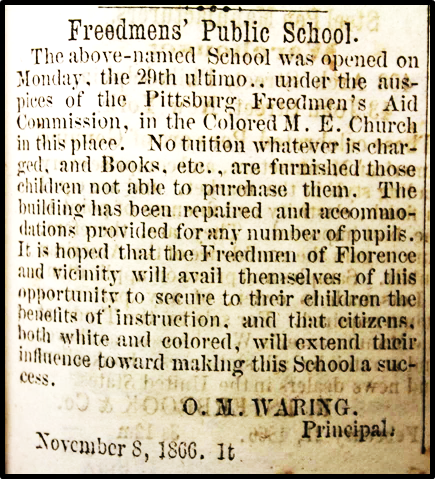
Oscar M. Waring, principal of the school mentioned in the Nov. 8 article, was born around 1841 in Rochester, Pennsylvania, one of several children of freedmen William and Lavinia Waring. He studied at Oberlin Academy and spent two years at Oberlin College, majoring in education. His first teaching position was at the Florence Freedmen’s school. In the Nov. 8 “Florence Journal,” he announced the school’s opening: “The above-named School was opened on Monday, the 29th ultimo [in the preceding month] under the auspices of the Pittsburg Freedmen’s Aid Commission, in the Colored M. E. Church in this place. No tuition whatever is charged, and Books, etc. are furnished those children not able to purchase them. The building has been repaired and accommodations provided for any number of pupils. It is hoped that the Freedmen of Florence and vicinity will avail themselves of this opportunity to secure to their children the benefits of instruction, and that citizens both white and colored, will extend their influence toward making this School a success.”
On Nov. 2, 1866, Waring reported to Florence Freedmen’s Bureau Agent Capt. Charles A. Tenge on the school’s progress. The school had 40 pupils enrolled (enrollment would soar to over 200 by the next year) with an average daily attendance of 37 and one teacher (himself), he said, but he anticipated 125 or 150 students soon. On Nov. 6, 1866, Tenge reported to Bvt. Col. John B. Callis on the school’s success. He also referenced two or three other freedmen’s schools in Lauderdale County that weren’t sending him reports, calling one of the teachers named Garner “an adventurer.”
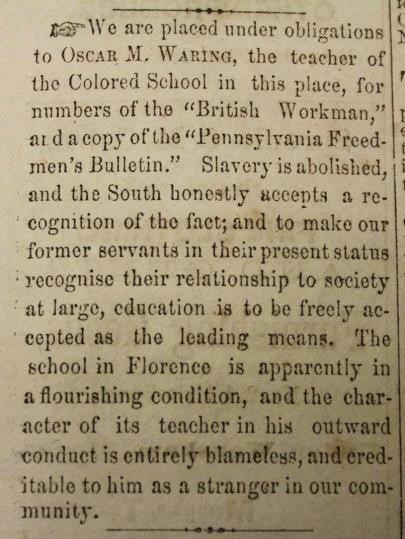
By 1867, locals William S. Robinson and (Celeste?) Allen were assisting Waring. On Jan. 24, 1867, the “Journal” reported that “(t)he school in Florence is apparently in a flourishing condition, and the character of its teacher in his outward conduct is entirely blameless, and creditable to him as a stranger in our community.” Enrollment had started at 40 and was 204 by July, 1867 “and so successful was Mr. Waring that a number came from neighboring places to board in Florence and to go to school.” The result was that “(f)rom the testimony of a number of the most prominent white citizens, including Gov. [R.M.] Patton, the local press, and our Superintendent, this has been one of the most successful Freedmen’s schools in the Southwest.” On Oct. 21, 1869, the paper carried a notice for an upcoming program given by the senior class of the school—Waring had invited Lindsay to attend. The next week, Lindsay reported that “(i)n company with several other gentlemen, we were present by special invitation, at the Readings given by the senior class of the Colored Academy in Florence. The readings and music evidenced much skill and learning on the part of the teachers, and great aptitude and industry on the part of the taught. The Academy is in a flourishing condition, and the colored children are being well instructed in the different branches of a substantial education.”
Teachers were trained at the Freedmen’s Public School via “normal classes,” in which students with the highest grades were put in the same class and trained to be teachers. Waring wrote in 1869 that “(f)rom these Normal Classes we have not only been able to supply the primary departments of our schools with good teachers, but also to send teachers into the country to open small schools of their own, which are generally self-supporting.”
The Colored M.E. Church, founded on the corner of Court and Bluff streets ca. 1839, had become St. Paul AME Church (now Greater St. Paul AME Church) by 1880. Few known records exist for the school. What little we do know comes primarily from a few newspaper references plus a handful of Freedmen’s Bureau reports. Members of St. Paul AME Church have preserved anecdotal tradition that rounds out these sparse accounts.
Waring died in 1911 in St. Louis after a lengthy teaching and brief legal career.
I believe, after much research, that the Freedmen’s Public School eventually morphed into the Florence District School for Negroes attended by a young W.C. Handy. It paved the way for other black schools in Florence.
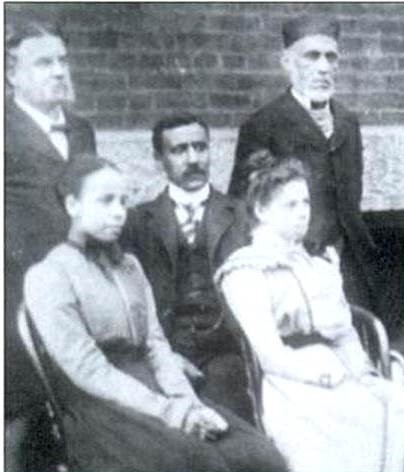
Oscar M. Waring (standing, top left) in 1900 with other faculty members of the Charles Sumner High School in St. Louis. 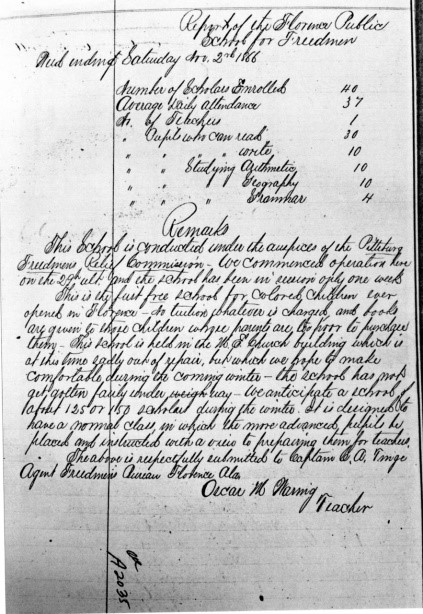
Nov. 2, 1866 report by Prof. Oscar M. Waring, principal of Florence’s Freedmen’s Public School to Florence Freedmen’s Bureau Agent Capt. Charles A. Tenge on the progress of the school. 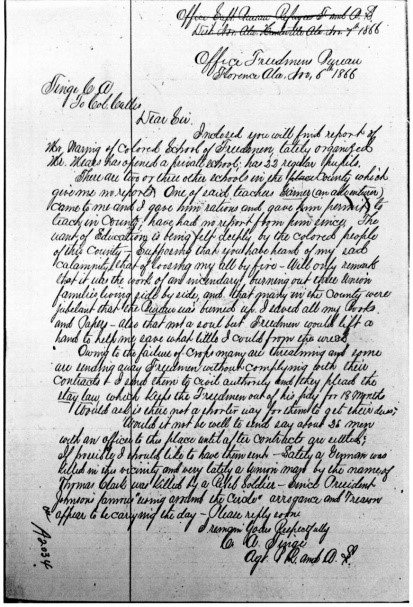
The Nov. 6, 1866, letter from Capt. Charles A. Tenge, Florence Freedmen’s Bureau Agent to Bvt. Col. John B. Callis reporting on the success of the newly founded Freedmen’s Public School.
###
Florence native Lee Freeman has been the local historian-genealogist at the Florence-Lauderdale Public Library since 1997. The author of one book & several articles, he serves on local historical & historical preservation boards.
